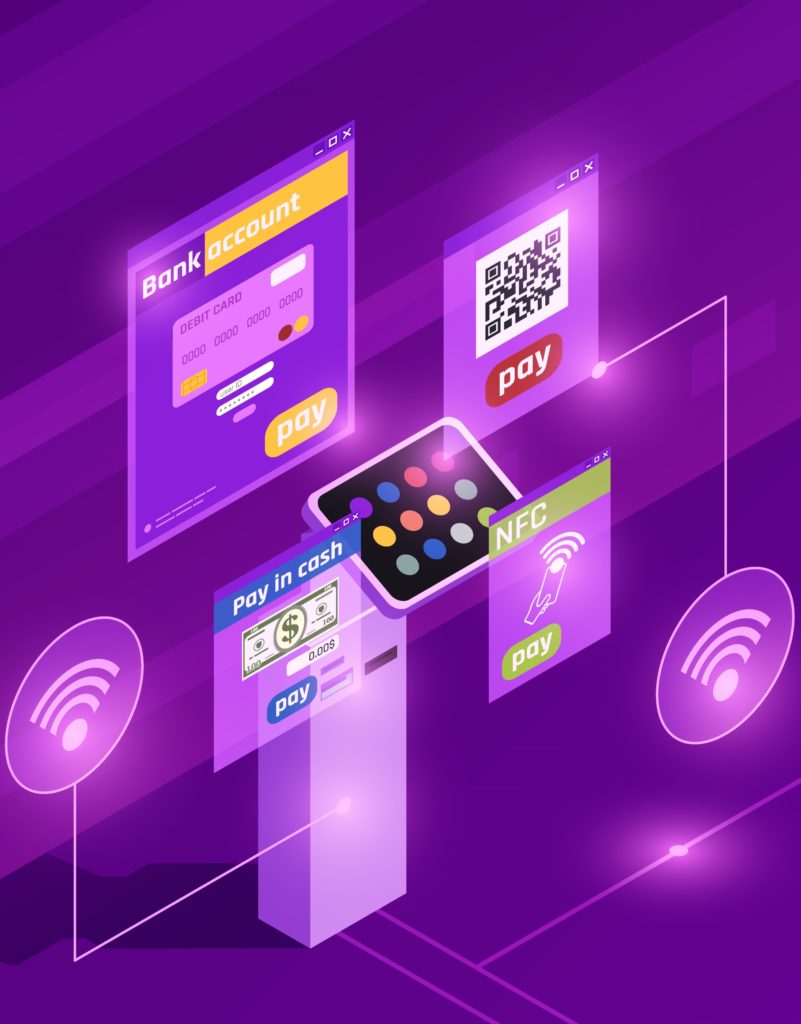GDS Link announces successful implementation of Decisioning Solution at Retail Capital
GDS Modellica Retail Capital, a division of TymeBank and a leader in SME funding, has
Digital Banking has to adapt to change regarding their customers, technology, threats and competition. A better customer experience translates into increased profitability.
Digital banking goes beyond just online or mobile banking platforms. It involves the complete digitalisation of all activities, programmes, and functions. And it doesn’t just require the digitalisation of services and products, the front-end that customers see, but also the automated back-end processes and the middleware that connects them. Different rates of progress mark the transition from traditional banking towards digital banking. This is a journey where new technologies like blockchain, big data, artificial intelligence, cognitive systems, and the Internet of Things have driven the complete digital transformation of the finance world to improve the customer experience, create high-value digital services, guarantee sustainability, and maximise efficiency and profitability. At the same time, mobile banking is starting to stand out and reveal itself as an opportunity for banks to generate more revenue through transactions.

The improved user experience that digital banking provides, both for customers and banks, in turn, boosts profit. The number of customers increases by making services available 24 hours a day. It will gradually become the first choice for immediate business transactions where money needs constant movement. It will also increase online credits supported by precise mechanisms that gather and analyse data to make market predictions, offer new business models, and provide customers with the best banking services. Banks need data to improve the customer experience, but they also need to guarantee data privacy at the same time. This means that confidence is key. That’s why GDS Modellica has developed a specific risk management system for each industry which helps to focus the development and implementation of solutions for specific requirements.
According to managing director Antonio García, GDS Modellica’s new predictive analytics techniques, big data, and decision management “help the financial and banking sectors to resolve daily business problems and make the best possible decisions.” Their solutions use cloud computing to optimise flexibility, accelerate implementation and reduce costs. Their qualified services are indispensable for any organisation looking to optimise and automate its credit risk management policies and strategies.
FinTechs and digital banking services represent an opportunity to to grow this current niche through digital transformation by developing virtual channels and services focused on the customer.
Old inherited banking systems, language, and platforms with a complex, antiquated architecture require a profound transformation, an intelligent systems solution, and central processes.
Being able to offer customers the necessary information and options to make decisions. Treating the customer with respect.
Opening appropriate service/assistance channels and consulting with the customer when designing products or offering new tools so the consumer can take control of their decisions.
The generational gap. Not all customers are familiar with mobile banking.
Complete digital banking. Customers tend to be reserved about using a digital bank with no physical branches; This makes complete digitalisation difficult.
The emergence on the scene of competition from non-financial tech companies and institutions who have unfair advantages, given that they are more flexible and agile and don’t have the same obligations and rights.
Internal barriers. Digital transformation is a complex process and requires specialists to implement it.
Essential to attract or retain customers who want to be sure that their identity won’t be stolen, that fraudulent payments won’t be made from their accounts, and that electronically signed banking contracts have the same legal validity as printed ones.
Strict regulatory requirements, such as PSD2, oblige organisations to protect themselves from cyberattacks to comply with their risk management obligations.
Security: Banking security is about more than just preventing the spread of computer viruses. Banks need to protect themselves from cyberattacks and online fraud.
According to GDS Modellica, “the business models of financial organisations need to adapt to changes regarding their customers and the new environment where threats have become extremely advanced and attackers are capable of identifying the type of precautionary measures and get around them. Strategies in the financial sector revolve around four main themes: customer, technology, threats and competition”. In the digital era, the customer has more information, greater choice and a greater ability to make decisions; As a result, they are more demanding and want things done immediately and done well, and they have become the prime focus for financial organisations.
Related Banking Articles

GDS Modellica Retail Capital, a division of TymeBank and a leader in SME funding, has

GDS ModellicaThroughout history, credit activity has been the thread that has connected human aspirations with

GDS Modellica The financial world is an ever-constant battleground against fraud, an increasingly sophisticated threat.
